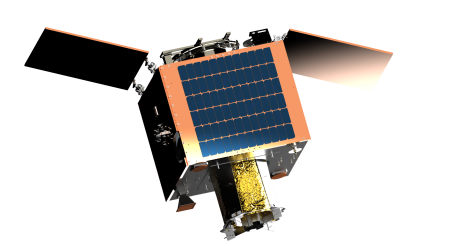
Traditional satellite systems have key limitations that can impact their utility:
- Most current systems consist of a single satellite, or a small constellation with 3-5 assets, resulting in limited coverage and the revisit performance (the interval between successive images) will be of the order of days.
- The majority of imaging satellites are in high inclination polar orbits which are optimised for global coverage at the expense of revisit times.
- Optical imaging satellites are generally in sun-synchronous orbits with a fixed imaging local time of ~10.30am to maximise illumination conditions and minimise cloud cover, resulting in minimal coverage at different times of the day.
- Passes of satellites in sun-synchronous orbits are highly predictable. Activities of interest to security organisations can be timed to miss the known inundation of satellite passes mid-morning.
These limitations can be overcome by a moderately sized constellation of small satellites in non sun-sychronous orbit which can provide multiple observations throughout the day. The key benefit is the ability to rapidly re-image the same area of interest multiple times per day, enabling activitity monitoring, change detection and Pattenr of Life assessments, with near persistent observation being potentially achievable for large constellations.
Rapid re-imaging ability allows:
- System robustness against target concealment
- Timely production of actional information and cueing of other assets
- Some degree of robustness against variable weather conditions
Case study
| Example Performance: | |
|
Constellation size |
12, 24 or 48 satellites |
|
Configuration |
2 planes separated by 180 degrees |
|
Orbit |
550km, ~28 degree inclination |
|
Average number of imaging opportunities per day over one area of interest |
12 satellites: 20 revisits per day 24 satellites: 40 revisits per day 48 satellites: 80 revisits per day |
|
Ground sampling distance |
1.2 metres |
| Swath | 5.5km x 5.5km |
| Agility | +/- 45 degree roll and pitch |
| Lifetime | 5 years |
Satellite architecture
- Commercial telescope and optics adapted for space use
- 1.2 metre GSD colour imagery and video from 550km
- Stereo and mosaic imagery modes
- Body mounted and/or deployed solar panels
- Actuators to allow +/- 45 degree off-pointing capability
- Propulsion system for orbital manoeuvres
- Simple and robust spacecraft structure for rapid manufacture
- SSTL flight-proven avionics
Find out more about applications of Earth Observation data